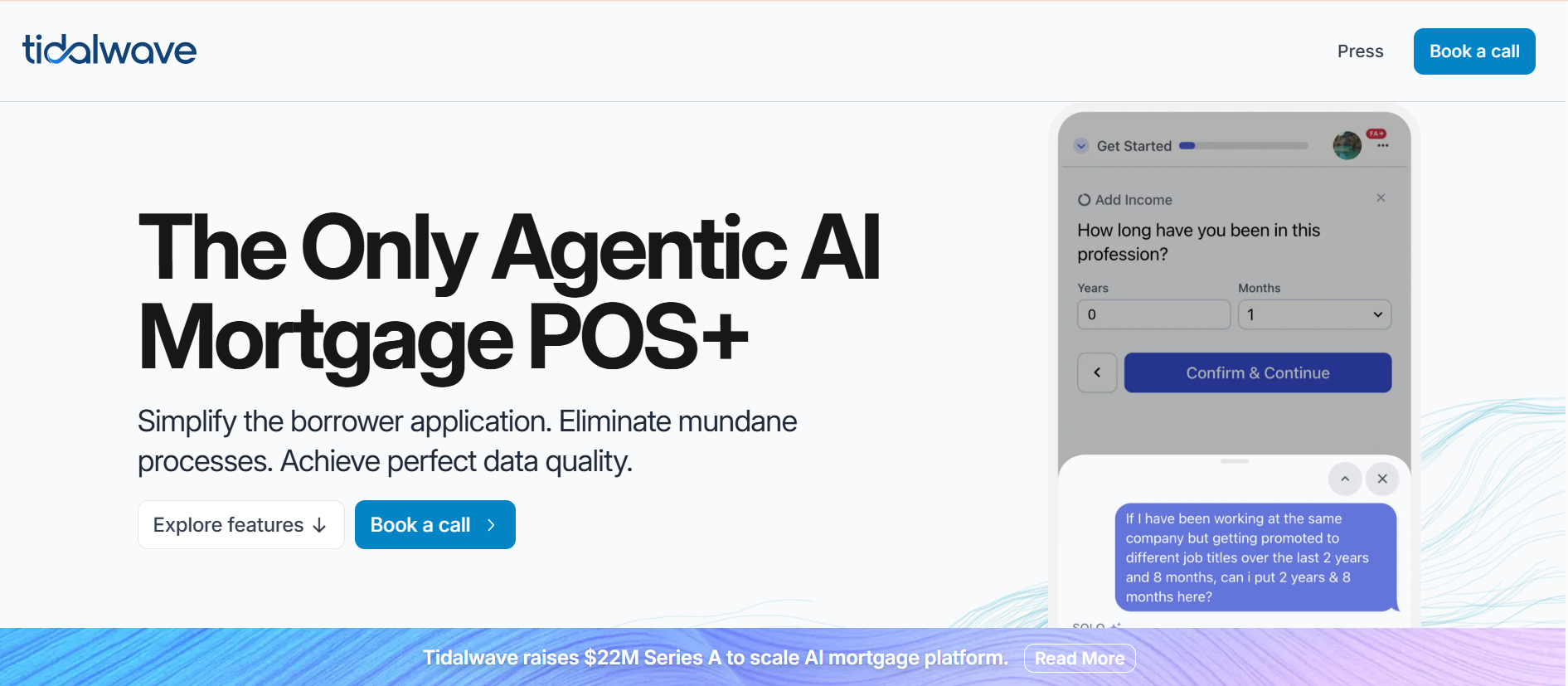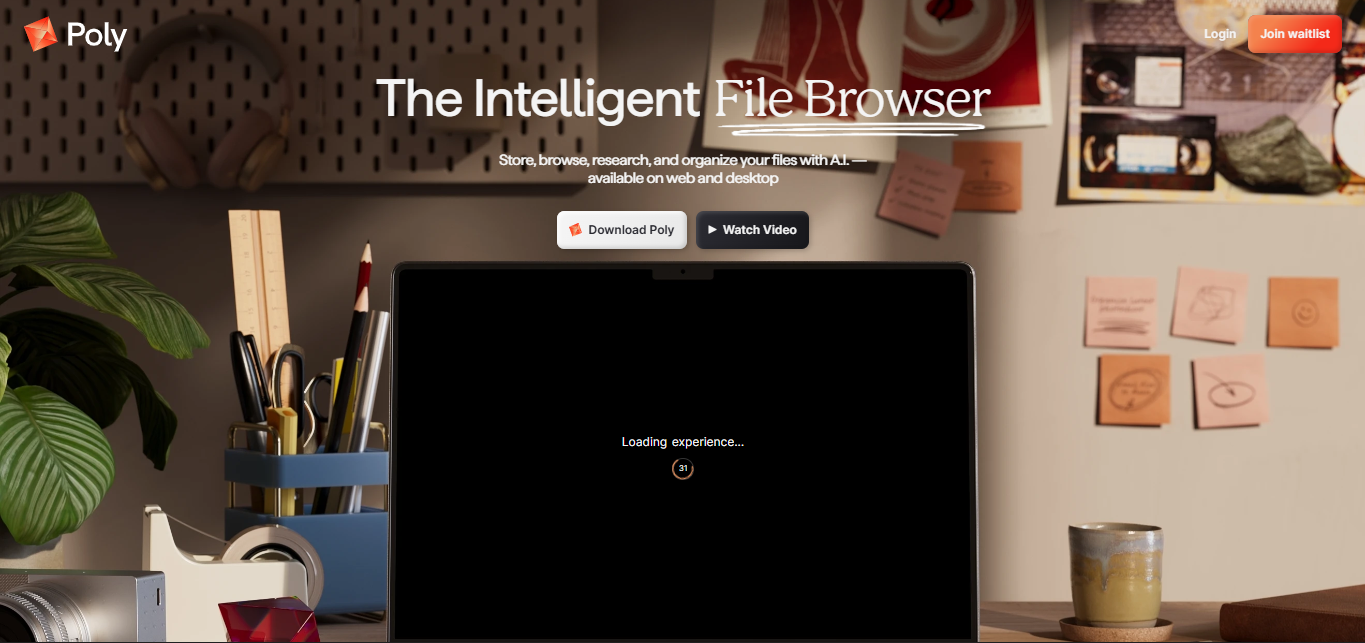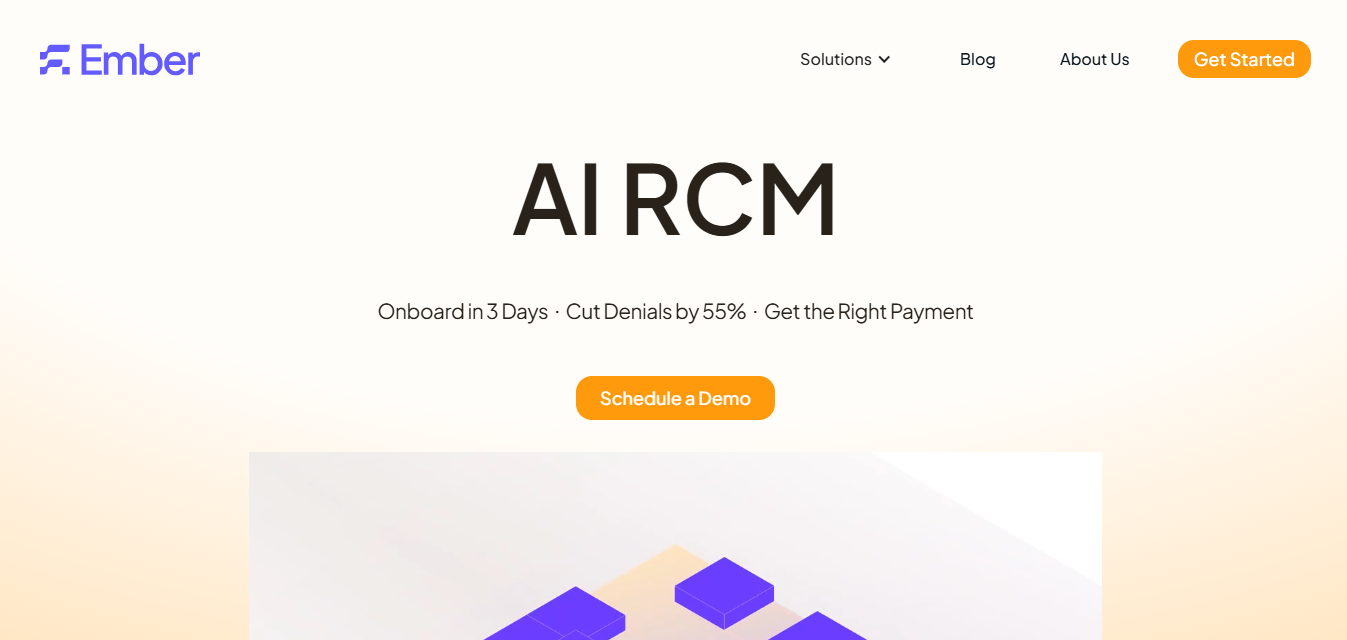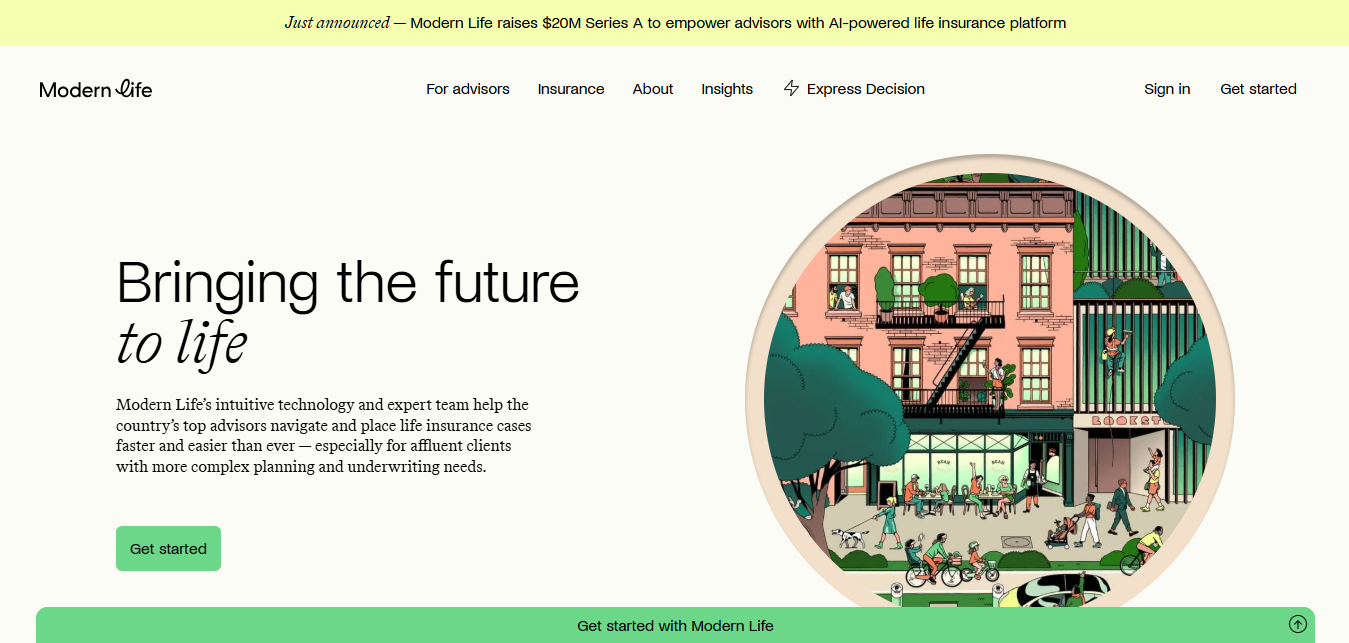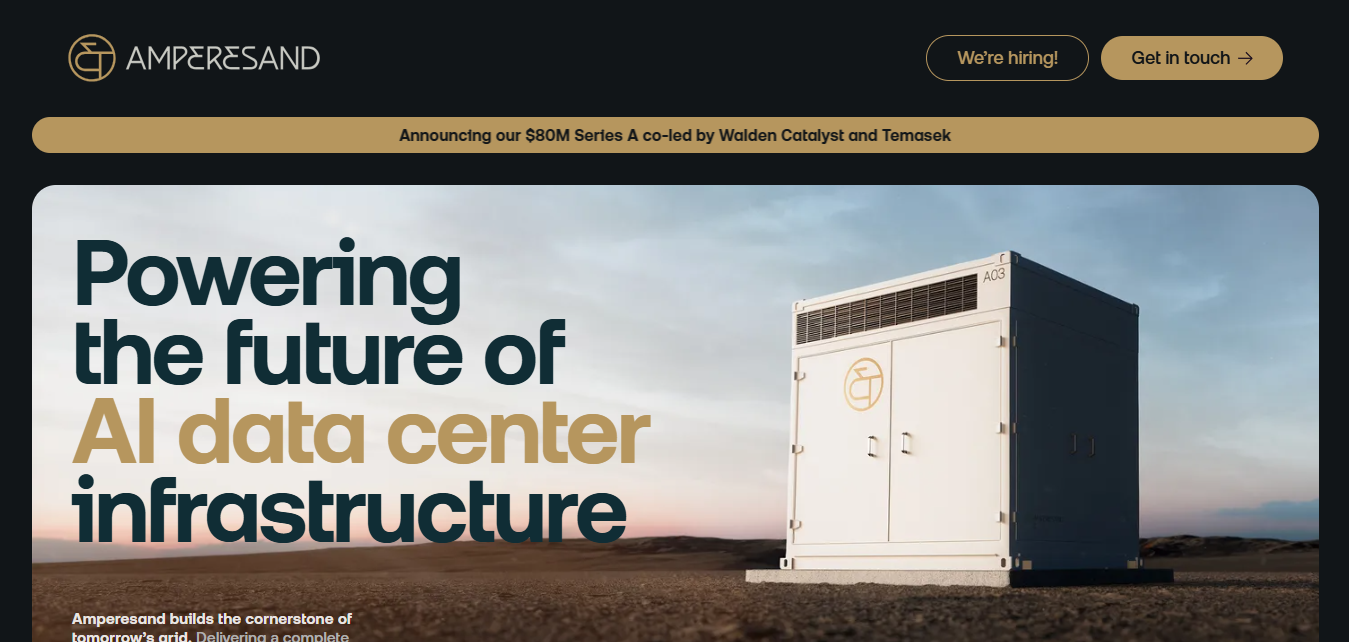Buena Raises $58M to Redefine Consumer Loyalty with Personalization Infrastructure for Modern Brands
August 5, 2025
byFenoms Start-Ups

In a world where attention is fleeting and consumer switching costs are lower than ever, Buena is betting big on loyalty - not as a points program, but as infrastructure.
Founded by Din Bisevac, Buena just announced a massive $58 million Series A round led by GV (Google Ventures), alongside 20VC, Stride, and Capnamic. With this fresh capital, the startup is aiming to reinvent how brands build and sustain customer relationships in a post-cookie, AI-native, data-fragmented world.
Why Loyalty Is Broken - and What Buena Is Actually Fixing
Traditional loyalty programs are stale. They operate like digital punch cards, rewarding frequency instead of understanding intent or delivering contextual value. Worse, they silo customer data, limit dynamic engagement, and fail to provide actionable insights for product or growth teams.
Buena’s approach is fundamentally different:
It’s not a marketing gimmick. It’s a backend engine - one that empowers consumer brands to build deeply personalized, intelligent, and adaptive loyalty experiences directly into their digital products.
Think of it as “Stripe for customer loyalty” - a developer-friendly, plug-and-play API layer that gives teams control over how they recognize, retain, and reward users in real-time.
The Product: Personalization at Infrastructure Level
Buena’s core platform enables brands to:
- Ingest behavioral, transactional, and preference data from multiple sources
- Define engagement logic (e.g., "reward users who try a new feature and invite a friend within 7 days")
- Deploy dynamic rewards, from digital perks to physical gifts to exclusive access
- A/B test loyalty mechanics to identify what drives real retention
But here’s what makes Buena truly different: its loyalty infrastructure talks to your entire product and GTM stack. That means your CRM, CDP, email engine, checkout, and even warehouse ops can all respond to loyalty triggers - automatically.
A Lesson for Founders: Don’t Just Build a Tool - Embed a System of Truth
A huge insight buried in Buena’s rise is how they positioned loyalty not as a UX layer, but as a system of operational truth for the customer lifecycle. That unlocks something critical:
“Products that win in saturated markets don’t just offer utility - they offer clarity. Clarity on what users value, how they behave, and what makes them stick.”
Founders in infra, AI, and CX should take note: loyalty isn’t about gamification - it’s about compounding trust through data feedback loops.
When loyalty becomes a programmable primitive - like payments or authentication - it stops being a feature and starts being an engine. Buena nailed this from day one.
Strategic Capital with Operating Firepower
The investor mix in this round tells its own story.
- GV brings deep technical and product experience from working with infra-first plays like Stripe and Segment.
- 20VC, known for aggressive founder support, will no doubt accelerate talent acquisition and GTM ops.
- Stride and Capnamic bring deep B2C SaaS knowledge and playbooks for international expansion, a hint that Buena has global ambitions baked in.
With $58M in the bank, Buena is expected to:
- Expand engineering teams across Europe and the U.S.
- Launch self-serve onboarding for emerging DTC brands
- Deepen integrations with CRMs, eCommerce platforms, and analytics stacks
- Roll out industry-specific loyalty templates (starting with food delivery, beauty, and fitness)
Meet the Founder: Din Bisevac
Din Bisevac’s journey to Buena is a masterclass in founder-market fit. Formerly at Spotify, he led key projects around user personalization and retention at scale. That’s where he realized most brands don’t lack user data - they lack ways to act on it fast and meaningfully.
His product-first lens and obsession with developer experience show up everywhere in Buena: clean APIs, no-code dashboards, modular logic engines, and robust analytics. He’s building a platform that speaks to growth leads, engineers, and brand managers at once - a rare but winning combo.
The Loyalty Tech Landscape: Timing Is Everything
According to Accenture, 90% of companies now offer some form of loyalty program - but only 22% of consumers feel those programs are tailored to them. This disconnect is costing brands billions annually in missed upsell, cross-sell, and churn recovery opportunities.
Meanwhile:
- The global loyalty management market is expected to hit $24B by 2029, growing at 13.6% CAGR
- With third-party cookies crumbling, brands are under pressure to turn first-party data into engagement strategy
- AI is making hyper-personalization at scale more feasible than ever - if your data systems are built to support it
This is the moment Buena is built for.
What’s Next: Loyalty-as-Infrastructure Becomes the Default
With this round, Buena is poised to:
- Launch enterprise partnerships with leading DTC and eComm brands
- Introduce predictive loyalty scoring, allowing brands to forecast churn or upsell likelihood
- Expand to mobile-first loyalty for app-native ecosystems
- Release open-source SDKs to fuel community-driven innovation and integrations
Early adopters are already reporting significant ROI: 3x uplift in retention from loyalty-based reactivation flows, and 4x increase in repeat purchases tied to smart milestone rewards.
Final Take: Loyalty Is Now a Growth Lever, Not Just a Retention Tool
In the post-performance-marketing era, CAC is volatile and attention is expensive. What matters most? Lifetime value, stickiness, and brand resonance.
Buena is giving teams the tools to optimize for those metrics - not through gimmicks, but through real-time, intelligence-backed, infrastructure-level loyalty.
For founders building in this space or tangentially:
“Treat loyalty like infrastructure, not add-on. The closer it is to your core system logic, the more powerful - and defensible - it becomes.”
Buena got that right early. And with $58 million behind it, it’s not just building loyalty for brands - it’s building brand loyalty for itself.

